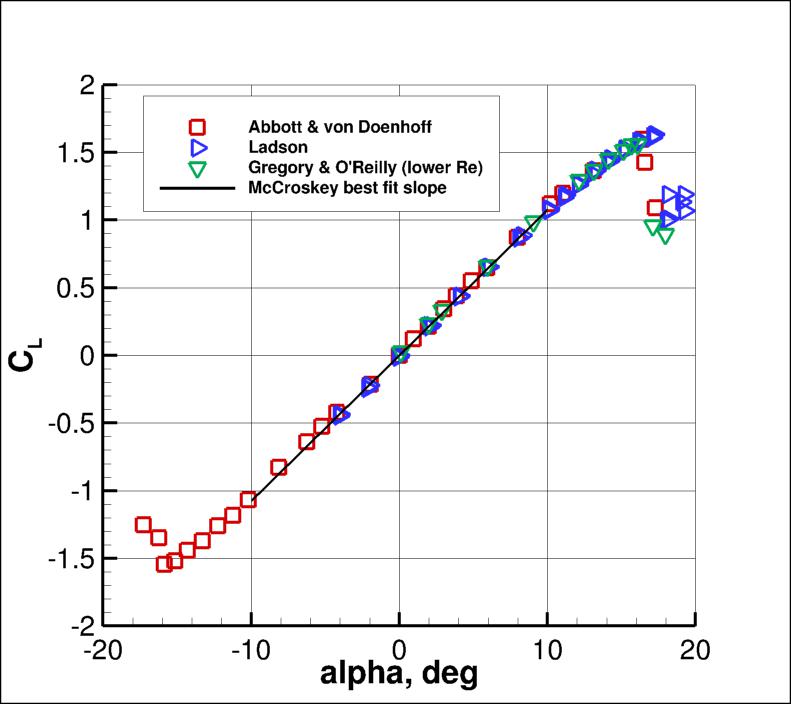I never noticed it during the first read but the good professor completely ignores something we all know quite well about our typical trainers.
They want to nose down significantly when they stall.
I got to thinking about this when thinking how difficult it is to get the typical Cessna to start a spin from being cross controlled power off. It takes bloody forever and you have to haul back on the yoke.
Thus in the typical stall spin base to final turn in a Cessna, the real trigger for the spin can't be the slow airspeed or the cross controlling by itself. It has to be maintained and you have to PUUUUUUULL to start the spin.
Before that if you quit pulling, you'll just get a wing drop.
This, of course, doesn't cover our less well behaved bretheren aircraft, but in a Cessna trainer... the pull is needed to get rotation started USUALLY. (I'll couch it.)
And that pull... probably has to be from panic. The ground is too close, the stall horn came on, or the airspeed indicator reads way lower than someone expected it to when they looked.
Let the nose fall, like it wants to, and the cross controlling becomes a lot less of an issue instantly.
Thus, the good professor's math is right, and all that. But he forgot that MOST trainers don't really want to
remain stalled in that cross controlled state. They want to pitch down and recover on their own. And they take a hell of a long time to spin. And that requires a heck of a pull without power. The slipstream over the elevator is getting weaker and weaker and weaker.
By the time you're finding yourself with the yoke in your lap and the ailerons and rudder that cross controlled, the airplane gave you enough hints that a Mack truck hitting you probably wouldn't get your attention.
Now your Cirri you fly Maui, I can't speak for. And you can't legally go find out, so if an AoA makes you feel better, I'm not going to argue.
If it's legally capable of spins, I *want* to spin it. Because I want to know what it really takes to get it to go and rotate. A Cessna in the pattern? It's not going to spin easily, you're going to have to force the issue and hold those controls there quite a while to get past a wing drop.
Still doesn't mean it wouldn't scare the hell out of someone who's never seen it, and probably means they MIGHT pull real hard and make things worse. But I think that's the real killer in the docile stuff like Cessnas... the panic pull. It's pretty much a requirement to get rotation started power-off.
Power on, you usually need a climbing turn away from the direction you want to spin to really get any sort of "fast" entry, and it's still not very fast. It'll go left faster than right by far, and some you'll struggle to even get them to go right. All the left turning tendencies work against you. If it's really badly rigged it'll just plow ahead and it won't rotate. You won't have enough right rudder to get the yaw needed to start unless you whipsaw it a bit by accelerating the stall.
So ... how does that relate to what we teach? I don't know, but the good professor forgot to discuss a number of things real trainers do in his discussion of the angle of attack of the wing. Running out of elevator and rudder authority in most trainers is a real thing when trying to get them to spin.




